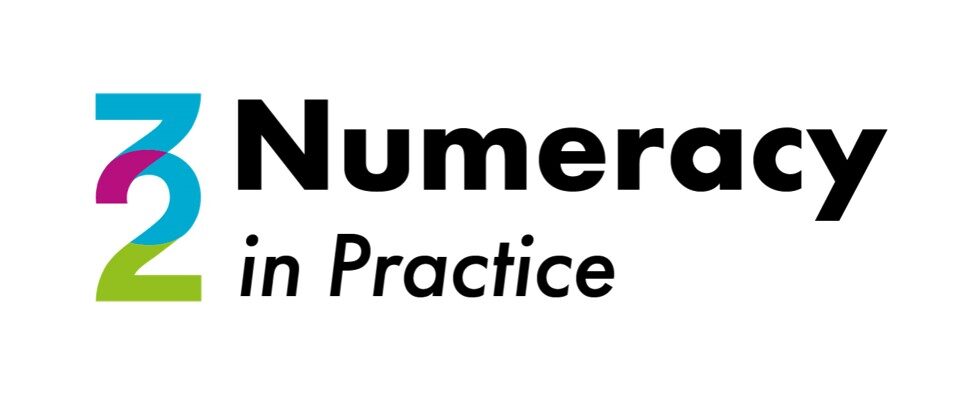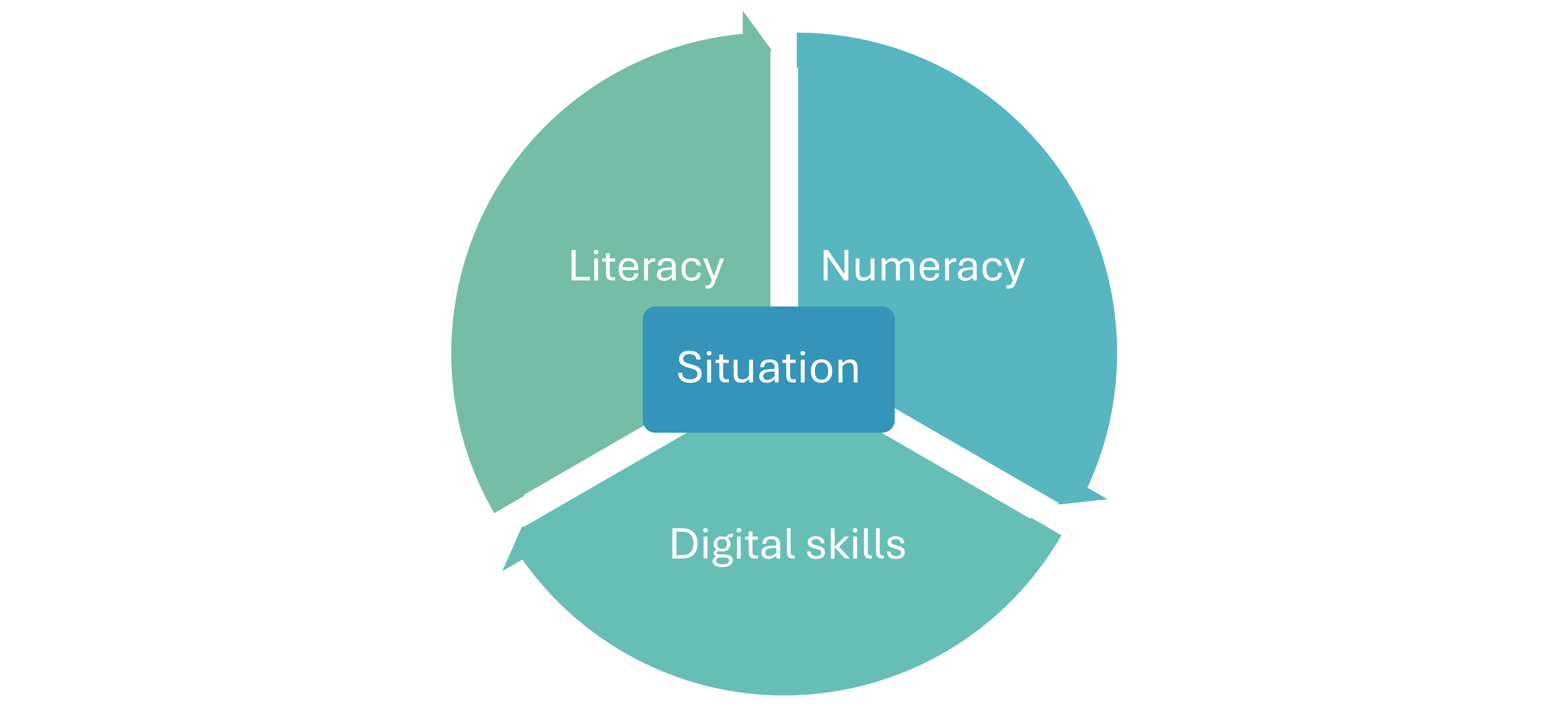On 14 June 2025, Kees Hoogland passed away. Kees was completely committed to putting numeracy on the map, both in the Netherlands and internationally. His outspoken views on education leave a lasting impression. He has been fascinated by how individuals act and make decisions when dealing with solving quantitative problems in daily life: “numeracy as social practice”. Kees’ life and work was far from finished. We will continue his work with the same passion that he demonstrated throughout his rich career. Condolences can be posted online at www.memori.nl/kees-hoogland
Framework















